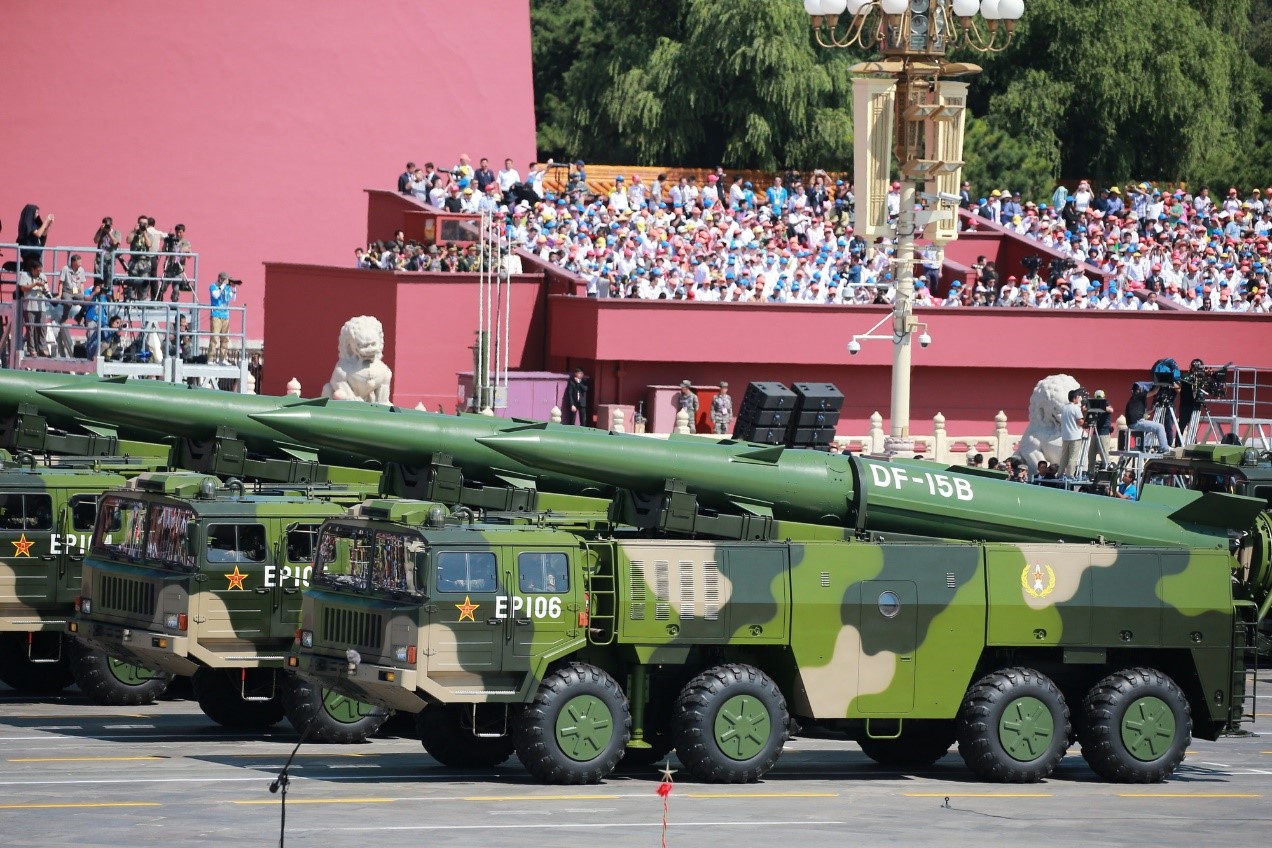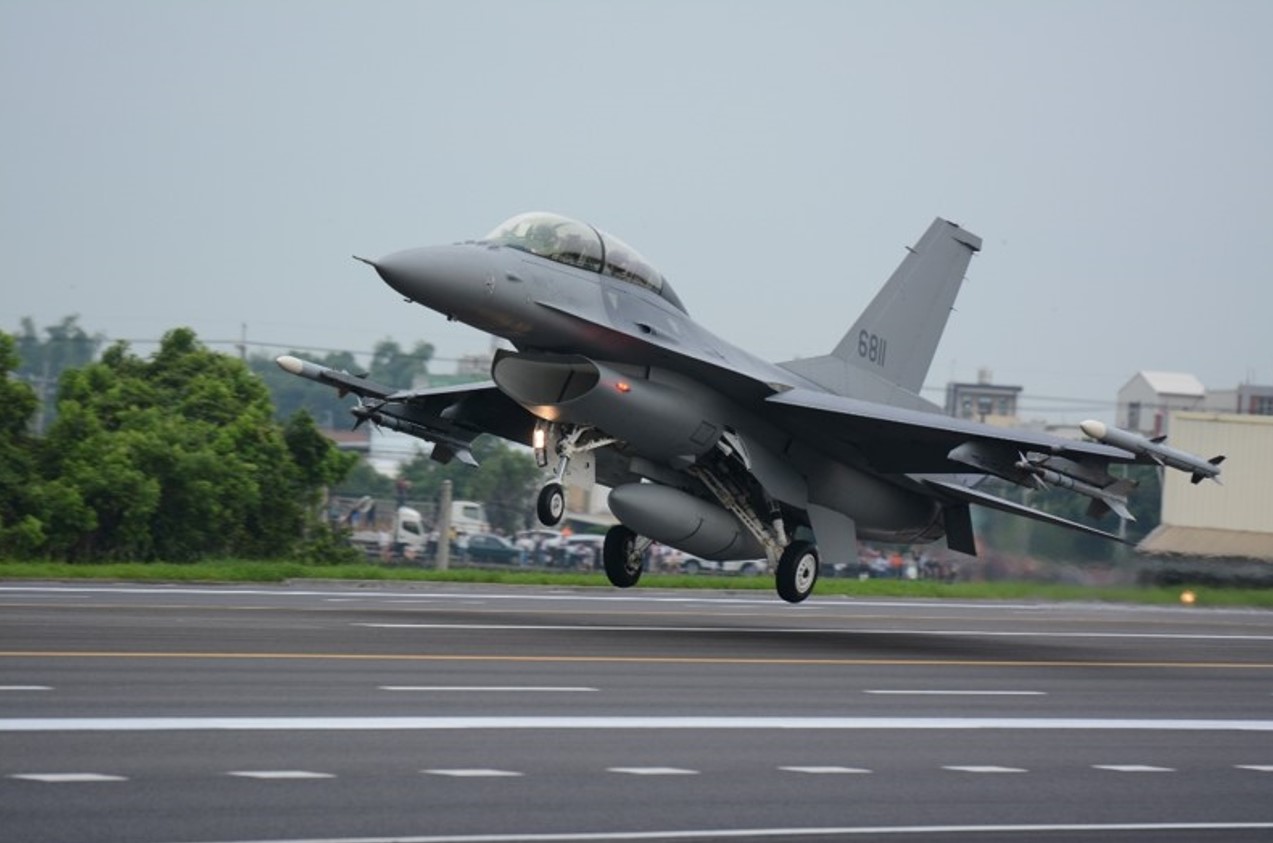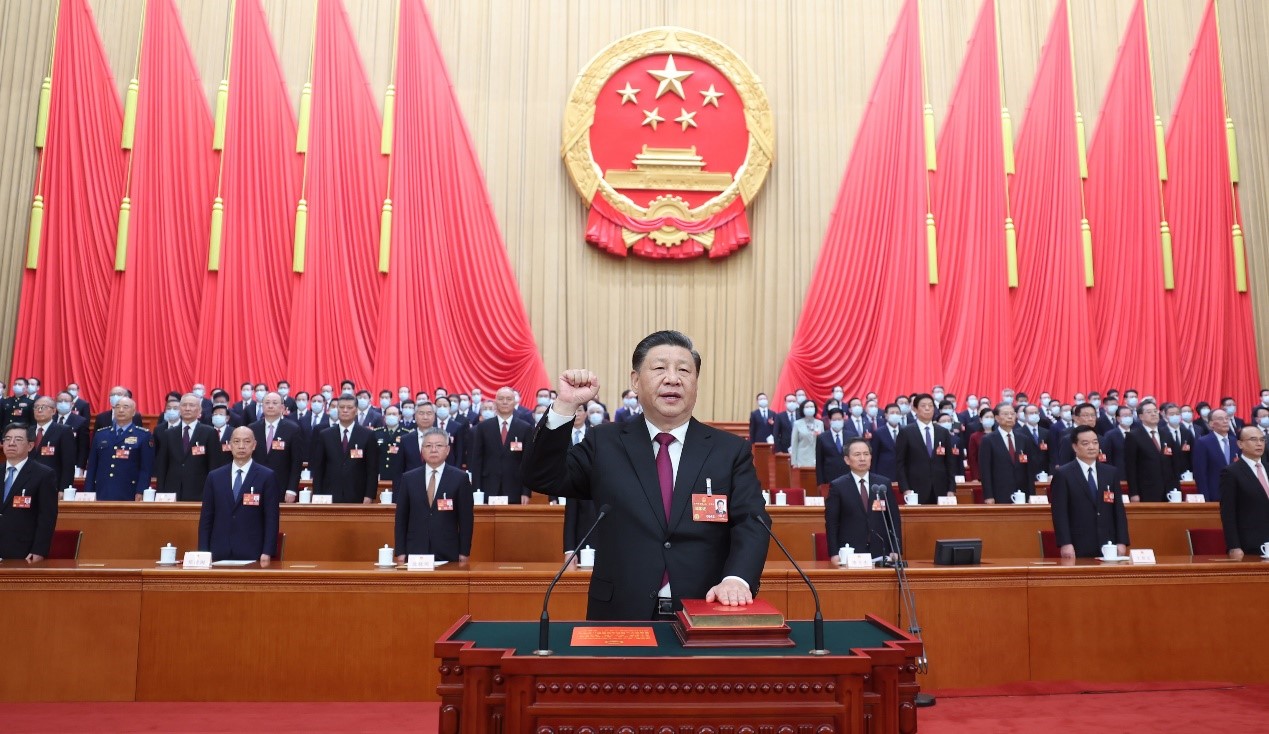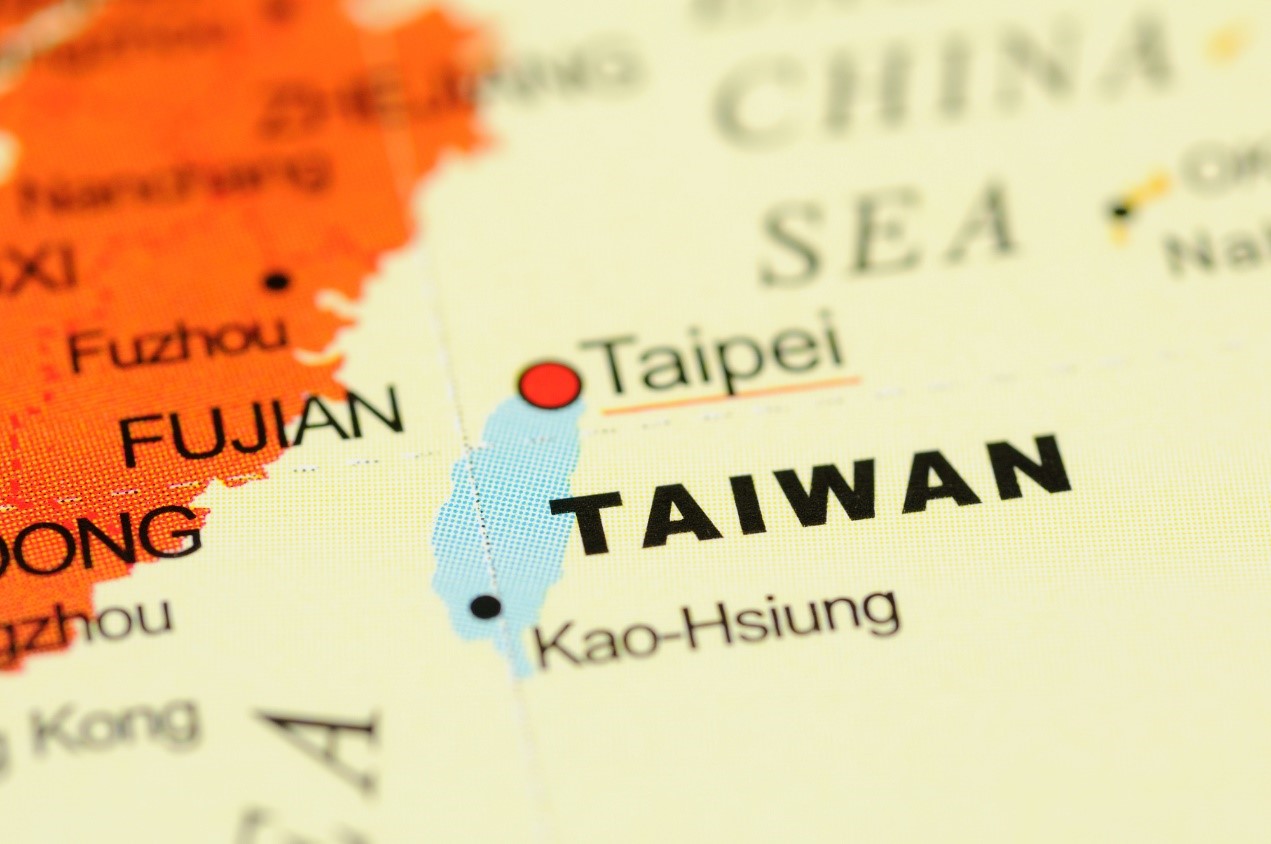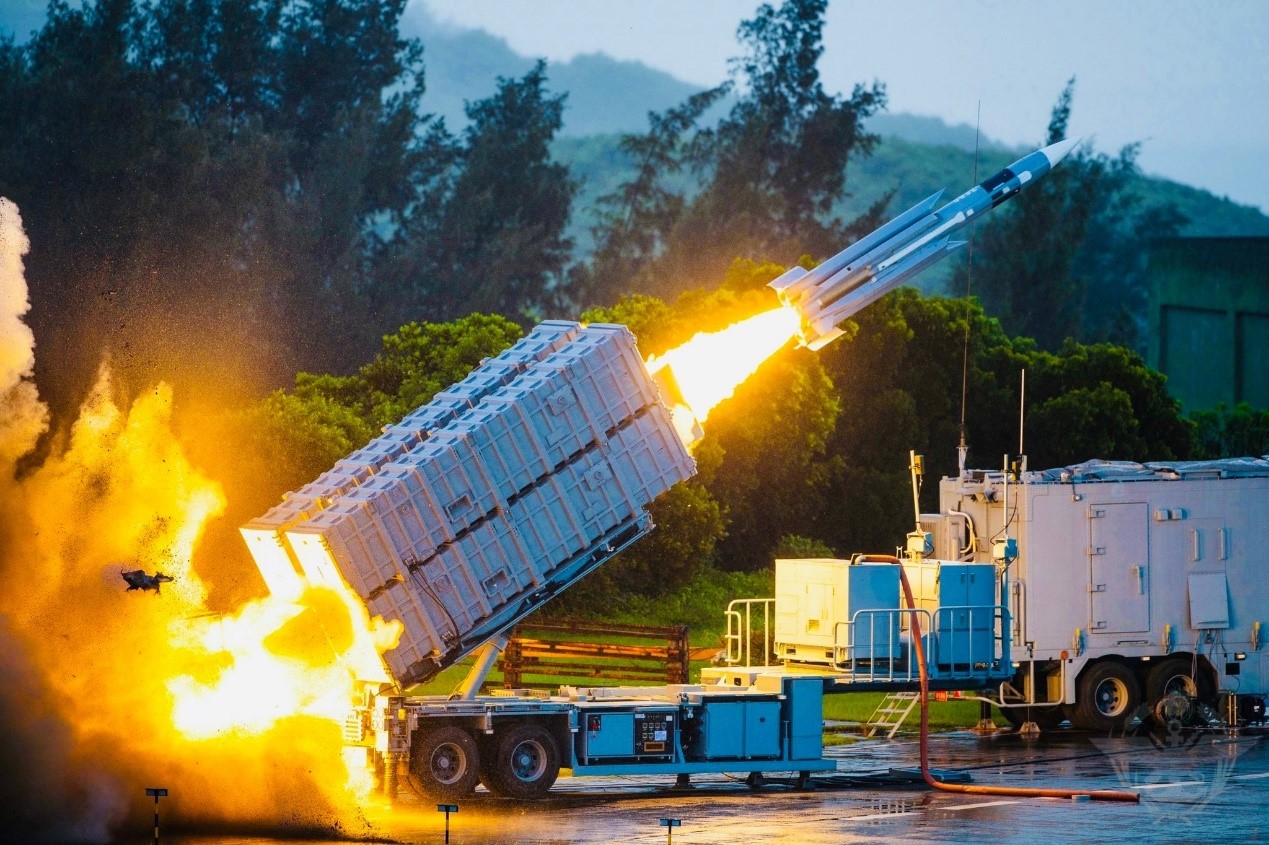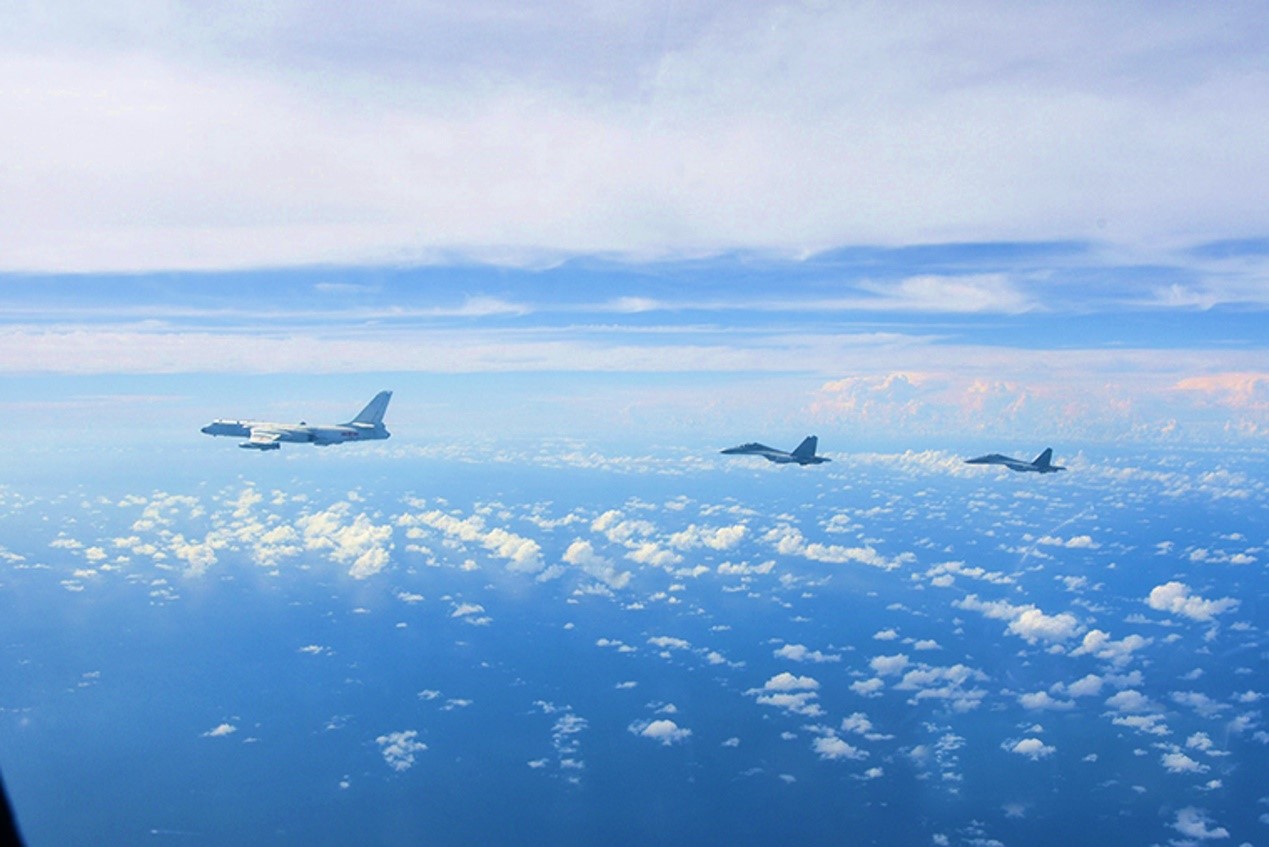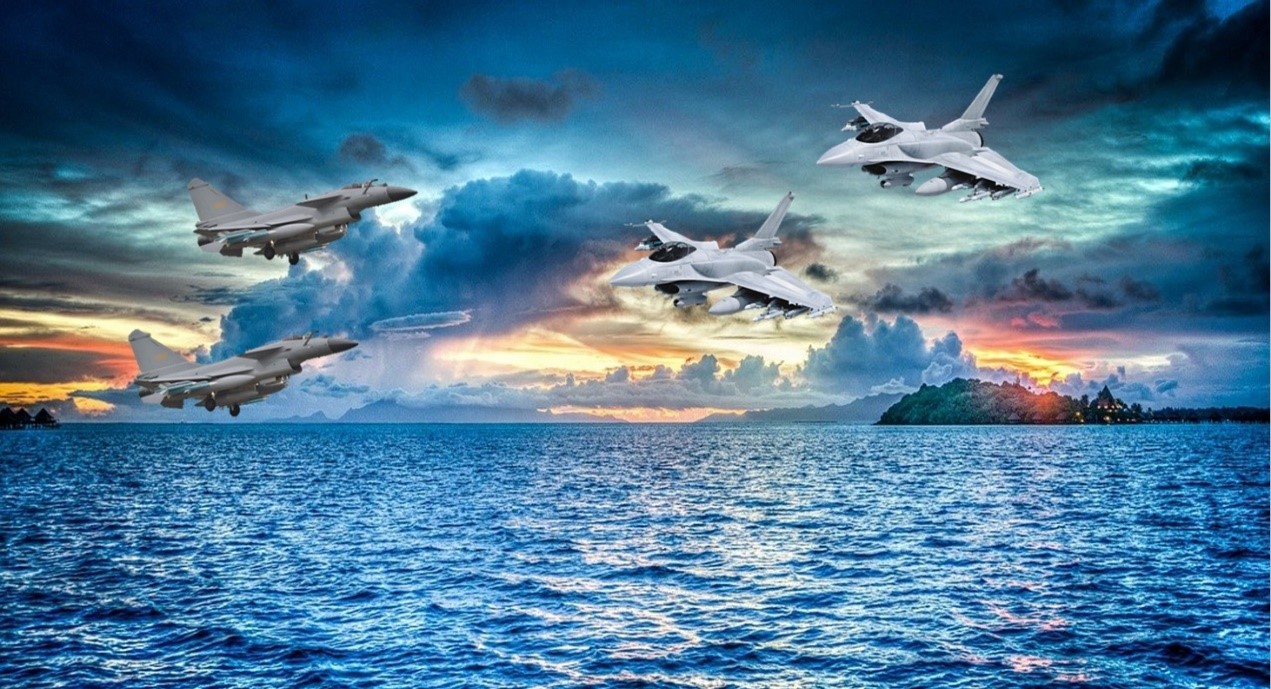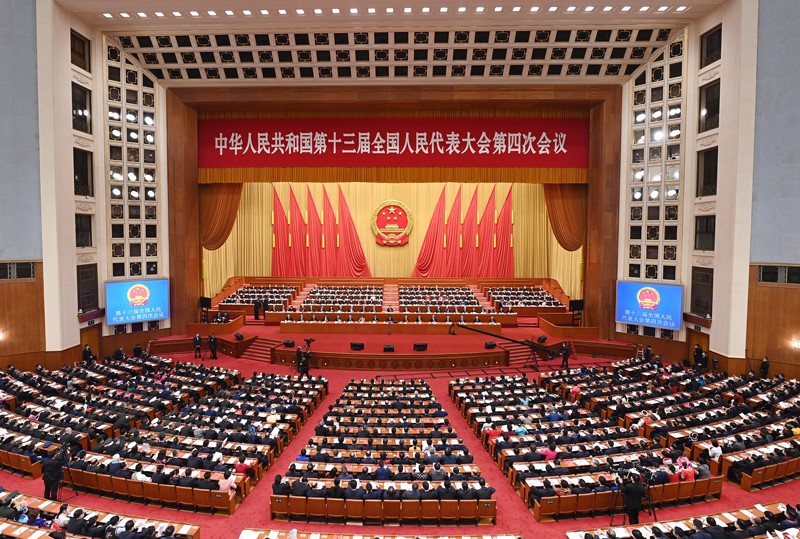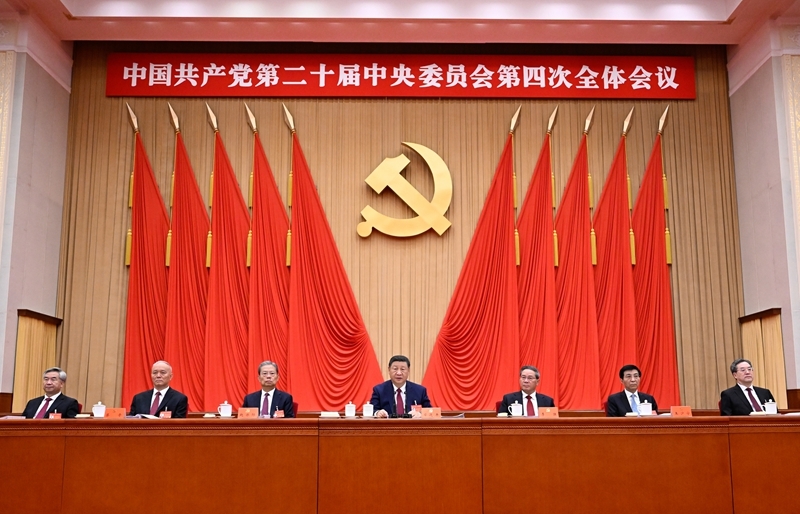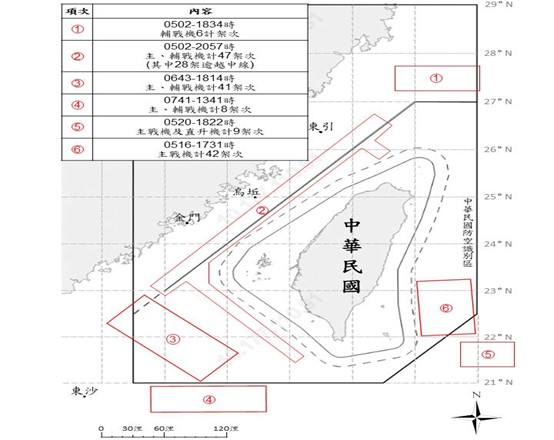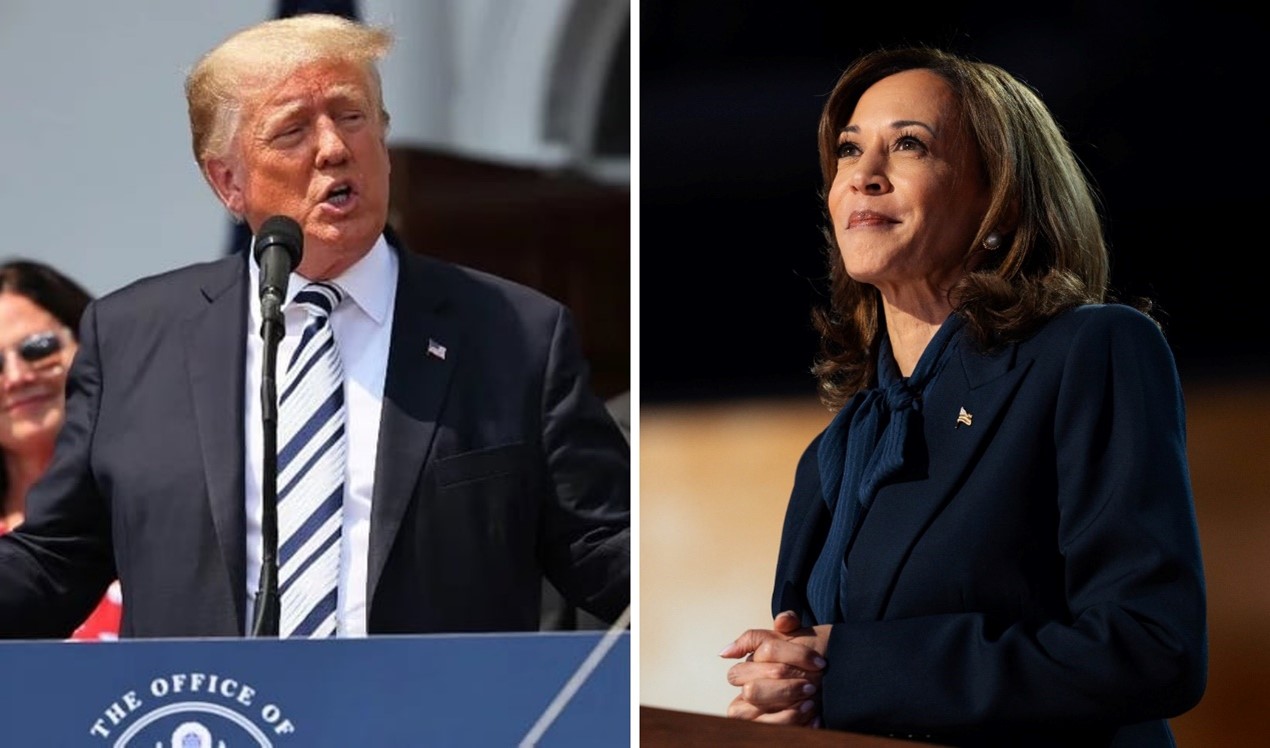The Impact of China’s Military Drills Around Taiwan on Indo-Pacific Security
As Taiwan faces the threat of Chinese gray zone tactics, conventional forces may not be the only option to protect its sovereignty. How to effectively use maritime forces through the signing of MOUs and joint law enforcement cooperation, are areas where Taiwan must pay greater attention. Picture source: Depositphotos.
The Impact of China’s Military Drills Around Taiwan on Indo-Pacific Security
Prospects & Perspectives No. 50 September 8, 2022
By Ying-yu Lin
Introduction
In early August, China used a visit by the Speaker of the U.S. House of Representatives, Nancy Pelosi, to Taiwan, as a pretext to launch a series of military drills around Taiwan. After the recent wave of threatening military exercises, Beijing published a white paper titled “Taiwan Question and China’s reunification in the New Era” as part of efforts to ramp up its rhetorical attacks on Taiwan. Before the 20th National Congress of the Chinese Communist Party (CCP), the military threats and political attacks can be viewed as the achievement of Xi Jinping’s Taiwan policy. In securing a third term as CCP General Secretary, Xi needs some breakthroughs in his Taiwan policies following the end of the upheaval in Hong Kong.
By breaking the tacit accord of the U.S.-Sino-Taiwan trilateral relationship with military drills in areas across the median line in the Taiwan Strait, near territorial waters and in the Pacific Ocean to the east of Taiwan, and by making such drills part of a new norm, Beijing is increasing the military risks to Taiwan. These actions are more than just “boiling the frog” or “salami slicing,” but rather a rush to accomplish the goal of unification once and for all, to address a residual problem of history. If Xi achieves this plan, it will play a big role in securing his re-election. This may be the most critical purpose of the recent Chinese military drills.
The PLA’s New Norm Toward Taiwan
In the PLA attempt to establish a “new norm,” the important elements are issues around the median line and PLA naval fleet actions near sea areas east of Taiwan. Although the median line is considered more a political than a military issue, if PLA jet fighters and warships constantly appear in the area, it could create the illusion that these areas have come under Chinese control. This is also the concept of military diplomacy, which combines a unique form of deterrence in China. If China were able to amalgamate both air and the naval forces to the east of Taiwan, it would make the Taiwanese feel surrounded or even blockaded.
As an island nation, once it is under blockade, Taiwan’s maritime communication lines and energy channels will be severely affected, which could be a new strategy developed by China after observing the progress of the Russian invasion of Ukraine. Initially, this strategy would seek to suppress Taiwan’s sea lines of communication with gray zone tactics to wear out Taiwan. Simultaneously, China would conduct a blockade and launch missiles at a timing that Beijing deems appropriate. (The first 72 hours are the basic timeframe for such a surprise attack.) The purpose of the strategy is to complete supply and logistic support and assemble PLA forces to achieve the goal of “first attack is the final attack.” Obviously, in accordance with gray zone tactics, China would also direct disinformation at Taiwan to wage cognitive warfare. Such scenarios are the kind of contingencies that Taiwan will need to prepare against in the near future.
Impact of China’s Military drills on Asia-Pacific States
During the crisis in early August, the U.S. and Japan adopted different measures than they did during the Taiwan Strait Missile Crisis in 1996. The late former Japanese Prime Minister Abe Shinzo once said that “A Taiwan emergency is an emergency for Japan.” However, Japan did not showcase much of this attitude before the beginning of the recent Chinese military exercises, while the U.S. deployed the USS Ronald Reagan to patrol areas around Taiwan — although it did not come as close to Taiwan as the USS Independence and USS Nimitz did in 1996. These responses have raised questions about Washington’s and Tokyo’s attitudes over the crisis.
Right after the PLA fired Dong Feng ballistic missiles around Taiwan, Japan’s Ministry of Defense said in a statement that during the drills on August 4, five missiles had fallen into Japan’s exclusive economic zone, and filed a démarche via diplomatic channels. Unlike the 1996 Missile Crisis, last month’s exercises directly affected Japan’s security.
South Korea was also affected by the exercises. Towards the end, China again announced it would hold military drills in the Yellow Sea and Bohai Sea. The likeliest explanation for this announcement was the PLA’s strategic principle of “Four-Seas Joint Operations” and the need for a counter-response by the PLA to a potential U.S.-South Korean force in the northeastern side of the Yellow Sea. If war broke out in the Taiwan Strait, the PLA’s aircraft carriers would have appeared in waters north of Taiwan; U.S. and South Korean forces would be able to intercept and attack the Chinese aircraft carrier group before it could sail into the East China Sea. Lt. Gen. Scott L. Pleus, Deputy Commander of United States Forces Korea (USFK), stated on August 5 that if war broke out in the Taiwan Strait, USFK would initiate an immediate response.
New Tactics for U.S. Forces
For U.S. forces, although the movement of huge naval fleets has rarely been seen in recent years, RIMPAC exercises have nevertheless shown significant strategic changes in U.S. force posture. Traditional warships are no longer the focus; instead, reconnaissance capabilities and platforms are playing a heavier role in exercises. During China’s military exercises in August, U.S. forces deployed many Airborne Warning & Control Systems (AWACS), electronic warfare aircraft, and P-8 anti-submarine warfare (ASW) aircraft in waters around Taiwan. This was carried out to collect electronic data about PLA forces in surrounding areas. Later on, a missile range instrumentation ship (i.e., “tracking ship”) was also deployed to waters around Okinawa to conduct surveillance operations. For U.S. forces, the main goal during the recent military exercises was to thoroughly observe the capabilities of PLA forces after military reform.
U.S. forces will not apply Cold War-era strategies such as forward deployment and deterrence strategy, but will instead rely on dynamic force employment as the essence of their strategy. Under this operational concept, U.S. forces are not going to be deployed to the front line, where there is a high possibility of attack, but will instead duplicate their actions in the Russian-Ukraine War in waters around Taiwan, by dispatching electronic warfare platforms such as P-8A aircraft near the Bashi Channel, as well as RC-135 and E-3 aircraft in waters northeast of Taiwan.
During the Russia-Ukraine War, U.S. forces have not moved directly into Ukraine. But by conducting electronic signal jamming and transmission operations for Ukrainian forces, the U.S. has dealt a heavy blow to the Russian military. In future, the U.S. will not necessarily deploy its troops into the Taiwan Strait, but could instead adopt some of the measures mentioned above. Furthermore, besides preserving its war-fighting capabilities, Taiwan and the U.S. will need to think about how to keep information intelligence and communications systems online and interoperable.
Conclusion
During the RIMPAC 2022 exercises, vessels from the Taiwan Coast Guard Administration joined U.S. Coast Guard ships, and the Japan Coast Guard held joint maritime exercises off Palau. In modern-day warfare, if an operating system can connect with that of other allies, a common operational picture will be established. Exercises off Hawaii and Palau may already be components of a dynamic force employment by U.S. Forces.
As Taiwan faces the threat of Chinese gray zone tactics, conventional forces may not be the only option to protect its sovereignty. How to effectively use maritime forces through the signing of MOUs and joint law enforcement cooperation, are areas where Taiwan must pay greater attention.
(Dr. Lin is Assistant Professor, Graduate Institute of International Affairs and Strategic Studies, Tamkang University)


